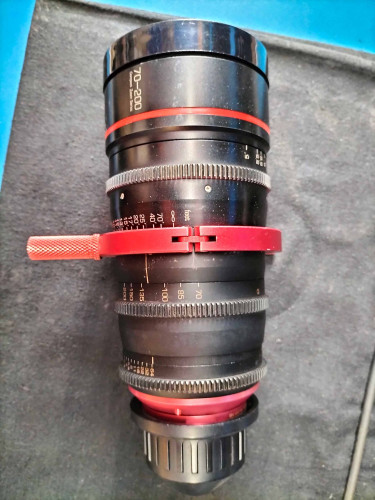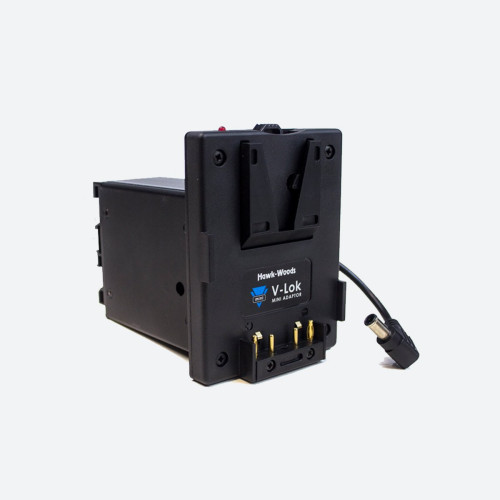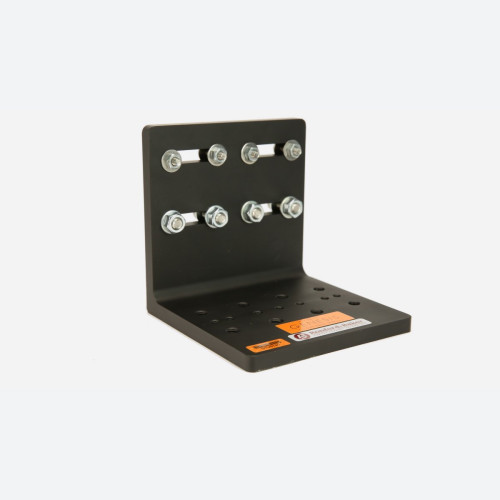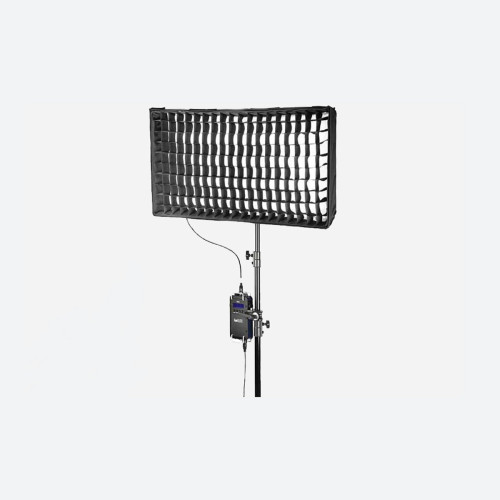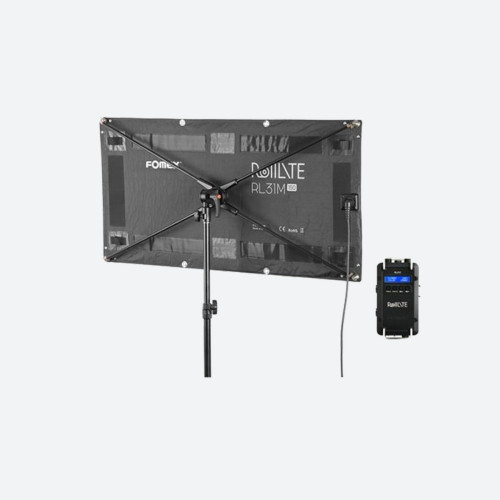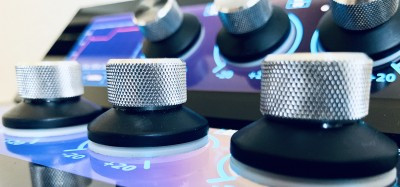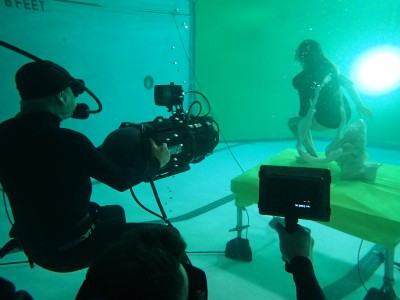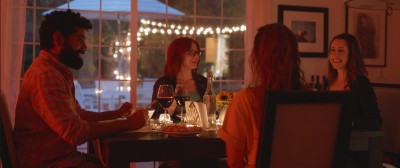The Modern Solution - Just Add Carbon!

Author: Bob Pank#
Published 1st July 2012
Problem.
Traditionally, getting in and among the action and seeing the true grit, determination and suffering of sporting competitors - be it filming something such as International Ironman competitions with cross terrain transitions from land through to water and back to land - speeds from a sprint, to a swim to a high speed cycle, Formula One pit stops or preparation for Oxford/Cambridge boat race remains expensive although very little has changed over the years. So, how do you get those sweeping, close up and panoramic shots of a moving subject such as a rowing 8 live during a race or during training to generate promo shots for bumpers stings and trailers?
Traditional Solution.
Let’s take the rowing 8's as an example and the traditional solutions. Typically, placement of location cameras along the water front at set positions with the live feed being sent to the OB. Other methods include pace boats trailing from the rear with either fixed or stabilised cameras. The advent of mini cams has enabled on-board camera systems, but these are restricted to position such as they cannot interfere with either boat or team performance, the norm is on a post behind the cox. Other approaches used further fixed positions on bridges and pontoons, development in robotics and motion control means that on some of the permanent venues, dolly tracks run alongside the water’s edge (similar to that seen on the athletics track) although the action is live it largely remains fixed views and, of course we cannot forget the far reaching gyro stabilised helicopter shots (we recognise these as showing a couple of racing centipedes).
Pros and Cons of how to do this.
Having noted the traditional systems employed, all of which have their own individual and unique features which provide both benefits - and inevitably have restrictions and draw backs. The cameras in fixed positions along the waterfront require timely deployment, operators and individual link ups - the shots provided by these fixed locations provide unsurpassed steady images; however they are as described "fixed\" therefore once the boat has passed the shot is over - a costly exercise for just one, very short shot. The on-board is often stabilised and a fixed angle - the benefit of such an outfit takes you the viewer out onto the water, typically however the quality is compromised compared to the larger fixed land deployments. Ultimately Helicopters provide great aerial coverage keeping current with the race developments - these shots notoriously have a restrictive close up ability which come with a high price tag and can be a budget buster!
The Modern Solution - Just Add Carbon!
Since we have already mentioned that although the sporting action has not changed dramatically over the years, the camera technology and acquisition has progressed to never before seen levels - in conjunction with this, the viewers expectations and demands have raised as well. The viewer through other forms of media have a greater interaction, experiences and enjoy the deeper involvement and the feeling of "being there and among the action - adrenalin races and the nerves jangle". With new developments in camera technology, modern high strength materials, greater viewer interactions and experiences such as 3D can be achieved.
Simply put, one operator with a Polecam (www.polecam.com) in a boat. Dynamic moving shots from skimming the water surface, across the oars to directly overhead - close ups of the competitors in action are now possible - the true grit determination and suffering of the competitors can now be brought to the viewers first hand including sound; and now with the new versatile modular head system, capable of mounting minicams, D-SLRs, camcorders and now even 3D mini mirror rigs, brings the viewers demands to reality; providing the sites and sounds never seen before.
Now admittedly photo of Martin Mueller (www.polecam-deluxe.de) in Germany filming the National German team training is a bit extreme but shows what can be achieved in very little time. This crane with a reach of up to 26'/8m with just 66lbs/30kg of counter balance on the back (with a minicam as opposed to Canon C300 style of camera) and still be operated by just one man. The cost effective versatility of such a product that stays with the boat the whole time, has the ability to shoot high or low shots from any angle. You are no longer limited by technology, just you imagination.
www.polecam.com



